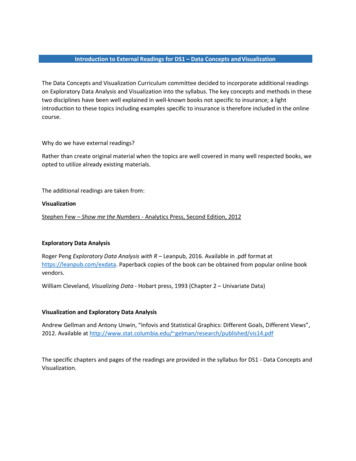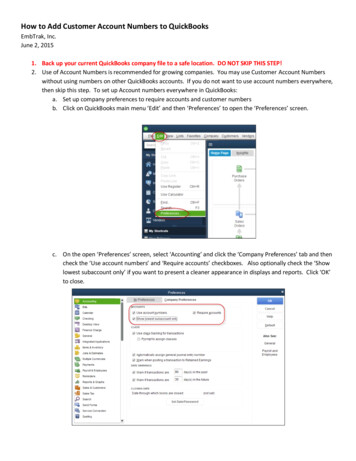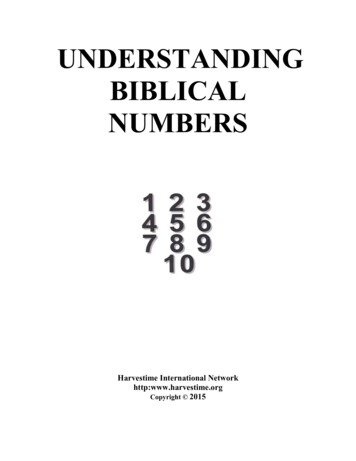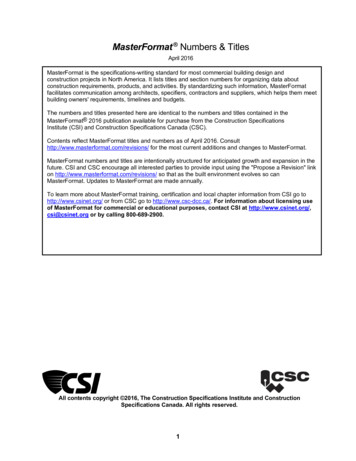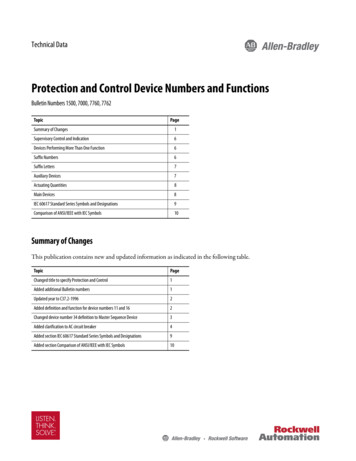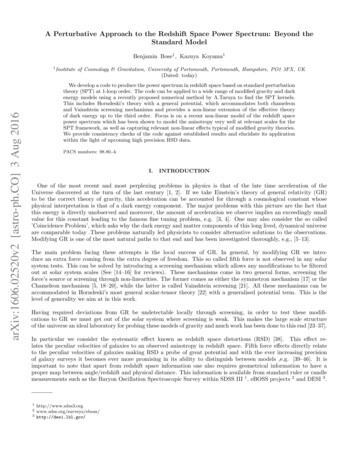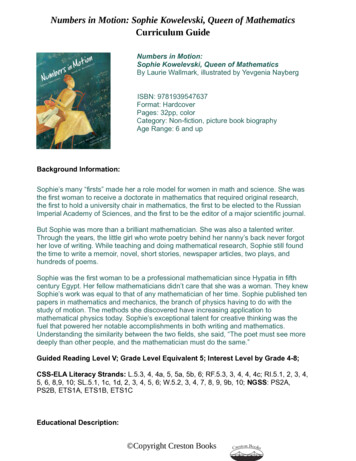
Transcription
Numbers in Motion: Sophie Kowelevski, Queen of MathematicsCurriculum GuideNumbers in Motion:Sophie Kowelevski, Queen of MathematicsBy Laurie Wallmark, illustrated by Yevgenia NaybergISBN: 9781939547637Format: HardcoverPages: 32pp, colorCategory: Non-fiction, picture book biographyAge Range: 6 and upBackground Information:Sophie’s many “firsts” made her a role model for women in math and science. She wasthe first woman to receive a doctorate in mathematics that required original research,the first to hold a university chair in mathematics, the first to be elected to the RussianImperial Academy of Sciences, and the first to be the editor of a major scientific journal.But Sophie was more than a brilliant mathematician. She was also a talented writer.Through the years, the little girl who wrote poetry behind her nanny’s back never forgother love of writing. While teaching and doing mathematical research, Sophie still foundthe time to write a memoir, novel, short stories, newspaper articles, two plays, andhundreds of poems.Sophie was the first woman to be a professional mathematician since Hypatia in fifthcentury Egypt. Her fellow mathematicians didn’t care that she was a woman. They knewSophie’s work was equal to that of any mathematician of her time. Sophie published tenpapers in mathematics and mechanics, the branch of physics having to do with thestudy of motion. The methods she discovered have increasing application tomathematical physics today. Sophie’s exceptional talent for creative thinking was thefuel that powered her notable accomplishments in both writing and mathematics.Understanding the similarity between the two fields, she said, “The poet must see moredeeply than other people, and the mathematician must do the same.”Guided Reading Level V; Grade Level Equivalent 5; Interest Level by Grade 4-8;CSS-ELA Literacy Strands: L.5.3, 4, 4a, 5, 5a, 5b, 6; RF.5.3, 3, 4, 4, 4c; RI.5.1, 2, 3, 4,5, 6, 8,9, 10; SL.5.1, 1c, 1d, 2, 3, 4, 5, 6; W.5.2, 3, 4, 7, 8, 9, 9b, 10; NGSS: PS2A,PS2B, ETS1A, ETS1B, ETS1CEducational Description: Copyright Creston Books
Numbers in Motion: Sophie Kowelevski, Queen of MathematicsCurriculum GuideSTEM content-History: Women's Rights, Math, Physics, Technology and Science.Solving real world problems. Literary elements: setting, plot and character development,conflict, illustrations enhance meaning and tone, new scientific and mathematicalvocabulary. Back matter: Author's Note, Explanation of Sophie's math contributions tosociety, Roman alphabet vs Cyrillic. Comprehension strategies: make text to worldconnections, identify cause and effect relationships, main idea and details, sequence ofevents, author's purpose, compare and contrast then and now.Themes: STEM Growth Mind Set: showing determination and perseverance. Women Heroes: powerful women in history. Critical Thinking Skills: problem solving.Objectives: Connect with literature.Teaching children about women’s contribution to the field of mathematics.Perseverance: Help students understand what it means to set goals and work toward those goals.Education: Introduce students to the concept that education is not freely available to all people.Problem Solving: Learning ways in which we can approach problems in a varietyof ways.Discussion Questions: What things can you notice that involve movement. Can math describe the orbitof a planet? The fall of an object? The way a plane flies?Another theme in Sophie's story is determination. What obstacles did she face?How did she achieve her goals despite them? What is something you’veachieved by being determined to do it?How is women's history shown in the book? Through the text? Through theillustrations? Discuss why girls and women were considered not worth educating.What was the role girls and women were supposed to have in the 19th century?What role did Sophie want? What roles are girls and women supposed to havetoday? What roles are boys and men supposed to have? How do they differ (ifthey do)?Discuss prejudice and different ways it can block people from following theirdreams. Do girls and women still face negative stereotypes about their mathabilities? Do other groups of people deal with negative stereotypes about theirmath abilities?Sophie gets married because she needs a man's permission, either her father'sor her husband's, to travel to Berlin to study. Do you think her solution makes Copyright Creston Books
Numbers in Motion: Sophie Kowelevski, Queen of MathematicsCurriculum Guide sense? What would you suggest she do? Are there places in the world wherewomen still need a man's permission to travel?Sophie wrote books and poems as well as working on complicated mathproblems. What do the two fields have in common? How do they differ? Why doyou think Sophie did both well? What skills are useful in both kinds of work? Arethere two things that you enjoy that people think are very different, like math andsports?Activities: Do your own experiments spinning different kinds of tops (wooden, glass,clay) and note how their movements differ. Is one kind of top more stable? Is one kind more likely to wobble? Can you draw spirals to show how the tops move?One of the things mathematicians do to solve problems is look for patterns.How can you do your own experiments recognizing patterns? For example, youcould flip coins and note when heads comes up and when tails does. Is there apattern or are the results random? Look at the spiral on a pinecone and count thespirals in one direction, then in the other. Do you notice a pattern in thenumbers? An Italian mathematician called Fibonacci found a numeral pattern innatural objects, like sea shell, sunflower seeds, and pine cones. Can you figure it out?Make a list of ways you use math to figure out things. For example, if youwant to divide a pie fairly, so each person gets the same size slice, how do youdo it? If you want to save up X amount of money and already have Y amount, how do you figure out how much more money you need?Research two mathematicians/scientists. Compare the two historical figures. How were their lives different? The same? What contributions did they make?Play 101 and Out Math Game: This paper and pencil game works well insecond to fifth grade classrooms and can be played by teams or in pairs. To playstudents will need a sheet of paper, a pencil, and one dice. The object of thegame is to score as close to 101 without going over or “out.” Students take turnsrolling the dice. As they roll, they can either take the number as a one or a ten.For example, if a student rolls a 5, they could take it as a 5 or a 50. Students keep a running record of their total as they play.Problem Solving Activity: Organize the students into teams or pairs. Give thestudents a real life scenario to problem solve. Some examples might be: How Copyright Creston Books
Numbers in Motion: Sophie Kowelevski, Queen of MathematicsCurriculum Guidecan someone with crutches or a wheelchair carry whatthey need?, How can we reduce waste at our school?,Climate change is real; studies have shown that plantingtrees can help decrease CO2 levels. How can youencourage people to plant more trees? Give the studentstime to brain storm and then present their ideas. Discusshow the different groups came up with differentapproaches and answers to the same problem.Resources: Math is Fun: Explore the Fibonacci Sequence ence.html)PBS: Historical research s/technique/historical-research- checklist/)Association for Middle Level Education: Perspective-writing activities bring "abunch of dead guys" to WNDet/TabId/270/ArtMID/888/ -Past-to-Present.aspx)Teaching Made Practical: Compare and Contrast re-contrast-activities/)About Laurie Wallmark:Laurie Wallmark has an MFA in Writing for Children and Young Adults from VermontCollege of Fine Arts as well as degrees in biochemistry and information systems. Whennot writing, she teaches computer science at Raritan Valley Community College. Shealso teach courses on writing for children.Other books from Laurie Wallmark: Ada Byron Lovelace and the Thinking Machine,Grace Hopper: Queen of Computer Code, and Hedy Lamarr's Double Life. Copyright Creston Books
Numbers in Motion: Sophie Kowelevski, Queen of MathematicsCurriculum GuideAbout Yevgenia NaybergYevgenia Nayberg is an illustrator, painter, and set and costume designer. Herillustrations have appeared in magazines and picture books, and on theatre posters,music albums, and book covers; her paintings, drawings, and illustrations are held inprivate collections worldwide. In 2018 she received a Sydney Taylor Silver Medal for herillustrations for Drop by Drop by Jaqueline Jules.About Creston Books:Creston Books fills the void left behind by the major New York publishers who no longerput out a broad range of quality picture books. The golden age of picture books, whenfine books were edited and published despite not being blockbusters, does not have tobe over. Creston Books is author/illustrator driven, withtalented, award-winning creators given more editorial freedomand control than in a typical New York house. We work hard topromote every book we print, not just the few we think will sellthe best.This curriculum was written and developed by MosswoodConnections. Copyright Creston Books
numbers? An Italian mathematician called Fibonacci found a numeral pattern in natural objects, like sea shell, sunflower seeds, and pine cones. Can you figure it out? Make a list of ways you use math to figure out things. For example, if you want to divide a pie fairly, s



